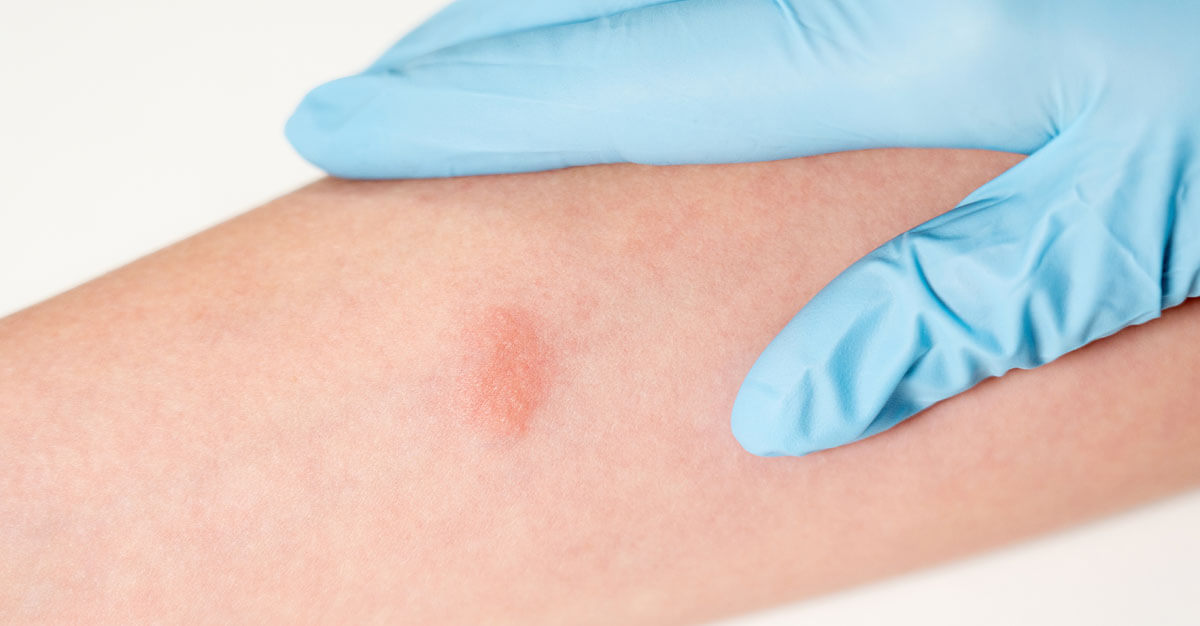
Tuberculosis is a disease that primarily affects the lungs, causing symptoms like a bad cough, fever, coughing up blood and more. There are two types of tuberculosis infections, latent and active. If an infection is latent, it is not contagious to anyone else, and the patient shows no symptoms. In an active tuberculosis infection, they are very contagious and symptoms begin to show up quickly.









